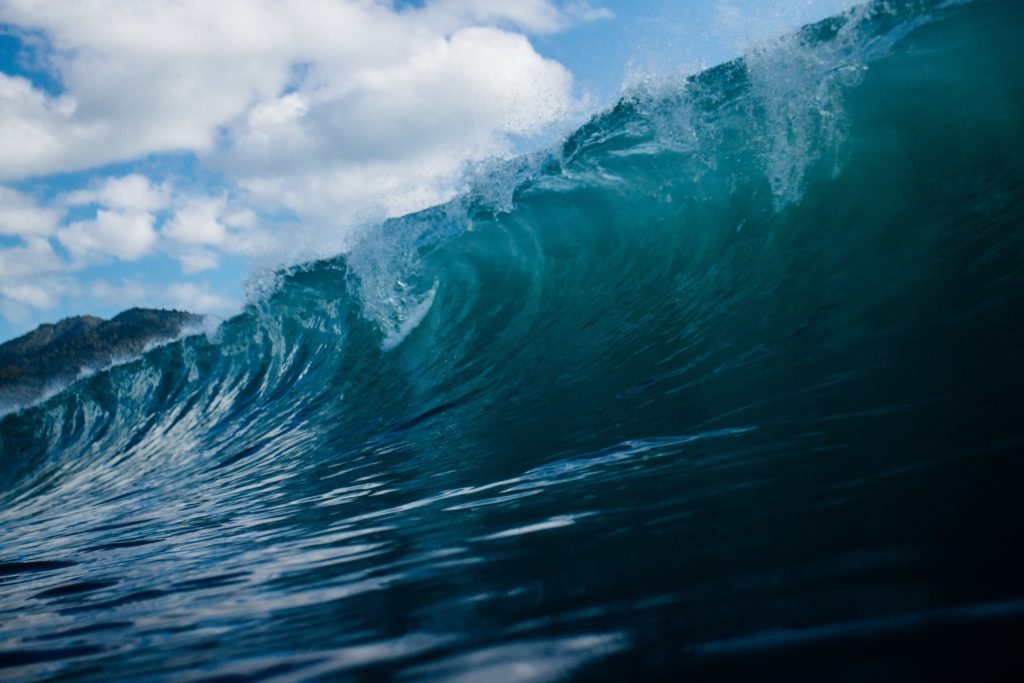What is a close out in surfing?
A close out is a (basically unrideable) wave that breaks all at once with no shoulder on which you can ride the wave. Technically, you can surf a closeout but it’ll be a short ride. Here’s a good shot of a small wave that’s about to close out:

How to surf a closeout
To surf a closeout without wiping out, you’ll need to get into the wave early, make the drop, straighten out towards the beach, and then ride the white water.
Or, you can do it the more advanced/crazy way and try to get a closeout barrel. In this variation, you get into the wave early, make the drop, dig your rail into the wave face, and pack yourself into the tube of the close out. This usually doesn’t end well so officially I don’t recommend it.
You can also do what I do and dive through the wave face instead of going for the tube, though this is a good way to break your board. Just don’t say I didn’t warn you.
What causes a close out?
Ocean waves start to break when they reach a water depth that’s about 1.3 times the wave height. A wave closes out when its leading edge reaches that water depth at the same time, which is why close out waves are most common at beach breaks.
At beach breaks that don’t have well-defined sandbars there’s no structure, like a headland or a reef, to slow the wave down and cause it to bend and peel.
This is the same reason beach breaks often get overloaded or maxed out on larger swells. The larger swells reach deeper and “feel” the bottom sooner which causes them to break all at once, or close out.
Check out my surf glossary for more surf terminology.
